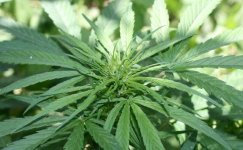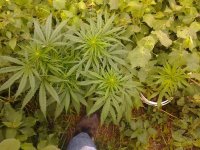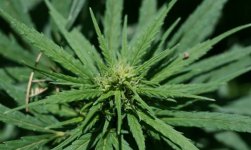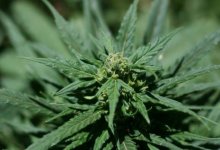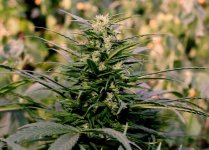That may very well be it. It makes sense from what I have observed, there seems to be a connection between not feeding the plant and ripening, apart from not wanting to have the nutrients spoil the taste of the weed.All I have heard about outdoor sativas is that they ripen when their ecosystem starts to run out of nutrients to support them.
Still, it too often takes a long time for that second flush of resin to show up.

